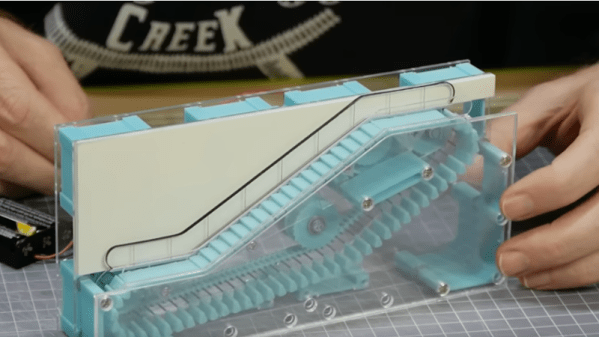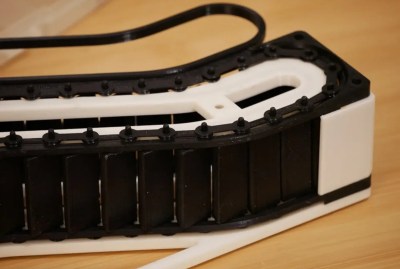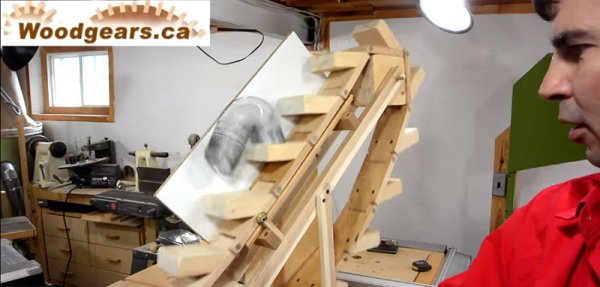If you are designing a building and need to move many people up or down, you probably will at least consider an escalator. In fact, if you visit most large airports these days, they even use a similar system to move people without changing their altitude. We aren’t sure why the name “slidewalk” never caught on, but they have a similar mechanism to an escalator. Like most things, we don’t think much about them until they don’t work. But they’ve been around a long time and are great examples of simple technology we use so often that it has become invisible.
Of course, there’s always the elevator. However, the elevator can only service one floor at a time, and everyone else has to wait. Plus, a broken elevator is useless, while a broken escalator is — for most failures — just stairs.
















